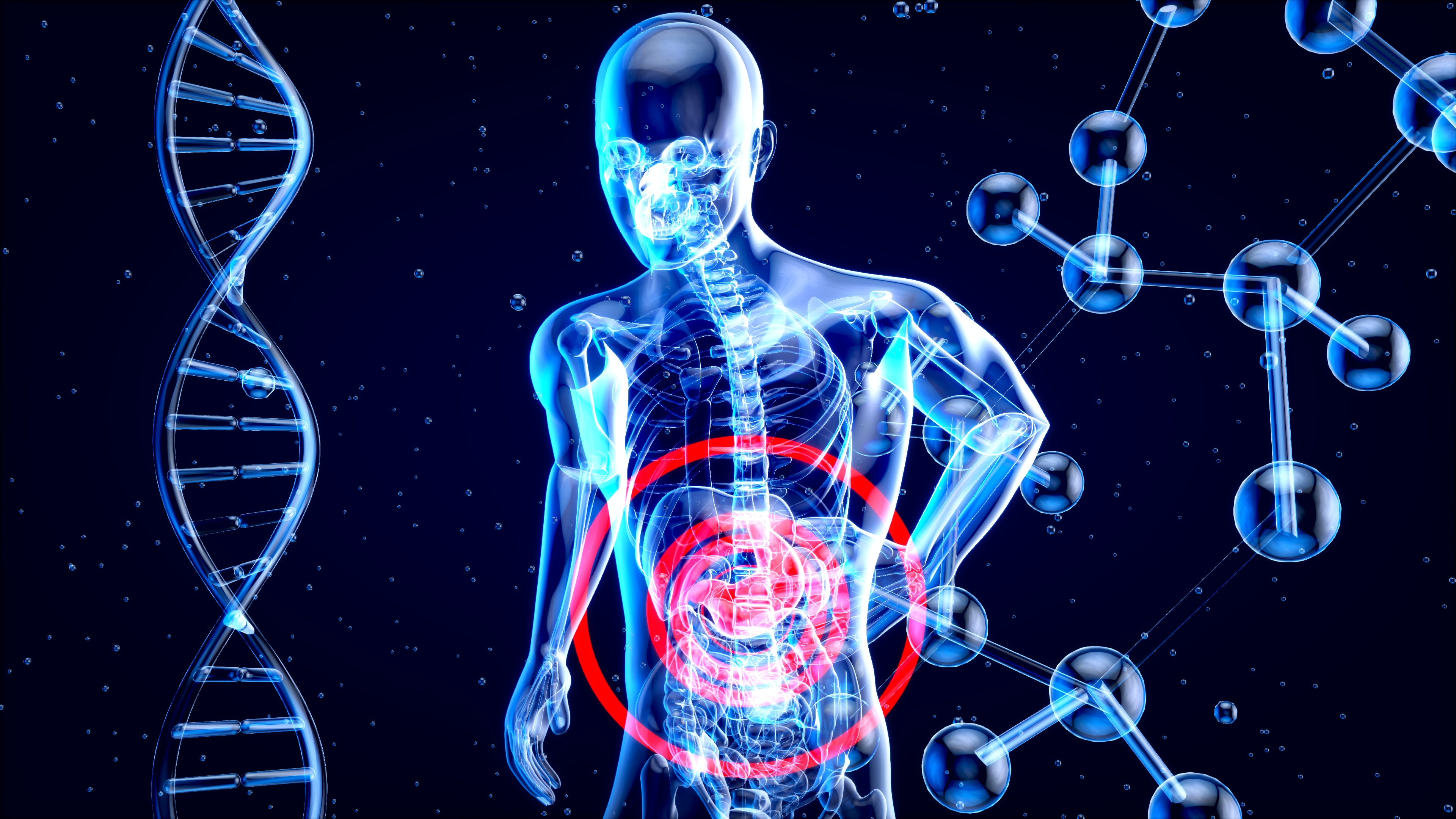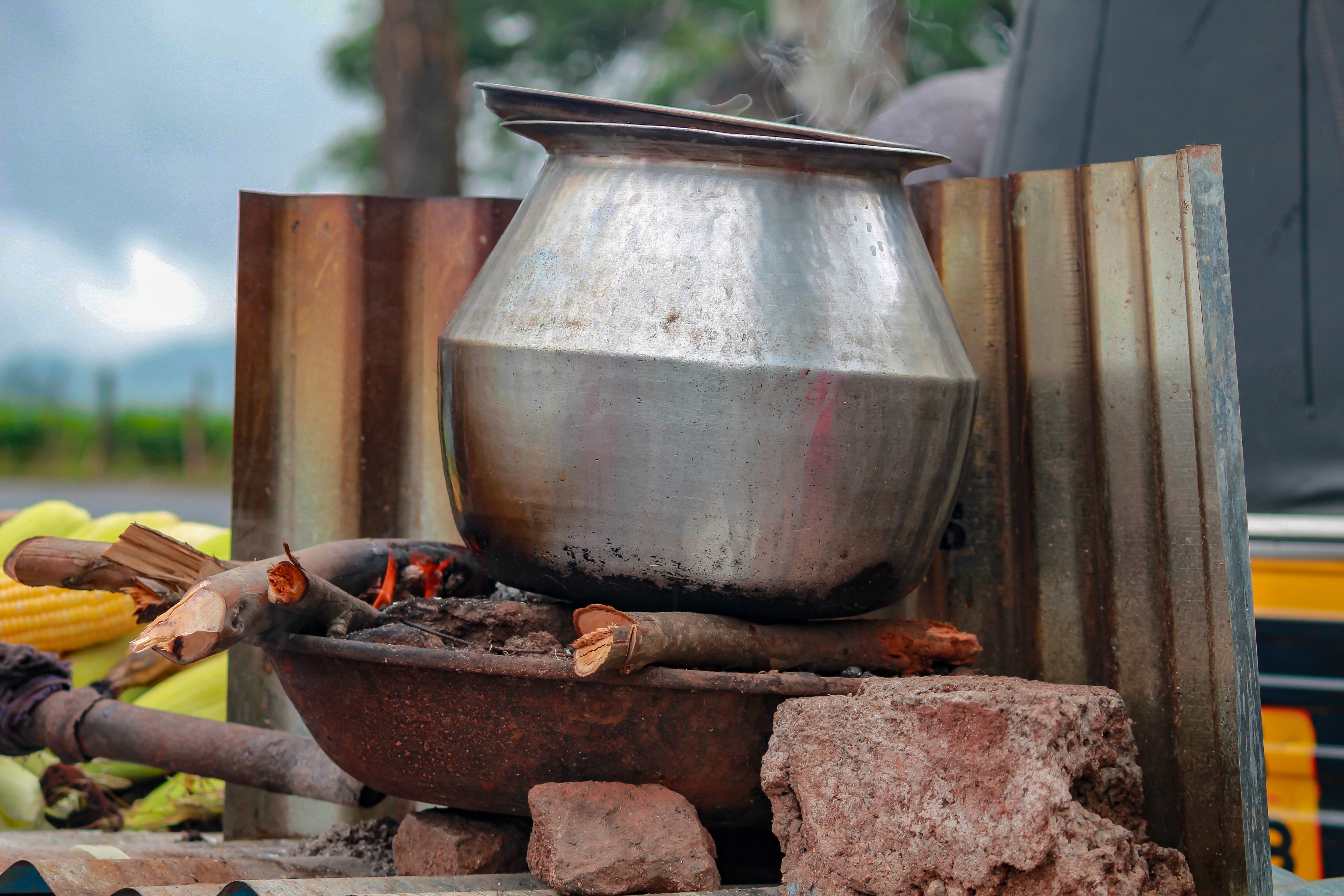
Learning is fun when we connect the things we know, with the unknown. It gives me sheer joy when something that seemed complex and obscure suddenly becomes clear and simple. Often when we look into the concepts of Ayurveda, there’s a certain layer of ambiguity that envelops our mind, mostly because we are not hardwired to think from that perspective. This makes it harder to establish a connection with the true intentions of Acharyas. In the present day, the major roadblock in Ayurveda is simplifying concepts for the modern mind. Dravyaguna vijnana is a subject in Ayurveda which deals with the study of qualities of objects. In a mundane sense, it can be taken as the pharmacology of drugs used in treatment. But in a deeper sense, Drvayaguna is capable of making one comprehend the nature of creation itself. The understanding of Dravyaguna vijnana varies at different stages of one’s life, and the views unraveled at every point still stand true. This mind-boggling subject has hence been my love, for it tells me the nature of my life, undoubtedly, with an objective outlook.
Dravyaguna when equated to modern pharmacology, turns out to be even more perplexing and leads to dead-ends in all directions. Studying Dravyaguna needs its own ideology, developed over a period of time. It has 5 fundamental pillars one more intricate than the other, which explain action of a drug at various levels.
We have other articles regarding taste and its effects in the body which is the concept of Rasa. Next come Guna and Virya which are enormous concepts themselves. We shall look at them sometime later. A group study session sparked interest in understanding the concept of Vipaka deeper. I have had many discussions with my peers before but none of them gave me a certain clarity as this one. I had time to question and re-question every one of my statements to get a clearer picture in my head. It felt like peeling the layers of an onion on by one.
Vipaka is explained as:
विशिष्टः जरणनिष्टाकाले रसविशेषस्य पाकः विपाकः ।
जाठरेणाग्निना योगात् यदुदेति रसान्तरं । रसानां परिणामन्ते स विपाक इति स्मृतः ॥ -अ. हृ. सू. 9
Vipaka is the end transformation of a rasa, after initial digestion has taken place with the help of the jatharagni. This is the verse we all learnt since our initial introduction to Dravyaguna but never quite understood where and how this end transformation takes place and how it influences the body. A few more insights given on this concept by other authors opine that vipaka leads to formation of dhatu rupa doshas, or simply put, the building blocks of the body. This seemed interesting …
Classically it is explained that the 6 different rasas undergo 3 types of vipakas. Madhuara and lavana rasa undergo madhura viapaka, amla rasa undergoes amla vipaka, and katu, tika & Kashaya rasas undergo Katu vipaka. madhura rasa promotes kapha, amla vipaka- pitta and katu vipaka- vata.
Doshas- Vata, Pitta and Kapha, when in their normal state are responsible for physical and physiological balance, in other words, Homeostasis. Doshas are responsible for the formation and depletion of Dhatus (body tissues) in both physiology and pathology. The verse says that vipaka occurs with respect to the rasa consumed. It is already known that rasa influences the doshas to build or destroy tissues. But then what is the difference between Rasa and Vipaka?
When anything is consumed, digestion starts immediately and madhura and lavana rasa is digested first to produce mala rupa kapha. At the end of preliminary digestion, the molecules have reached the simplest form to for ahara rasa which are absorbed into the srotas to reach the hrdaya to form the rasa dhatu. Formation of ahara rasa is a continuous process successive to digestion. This ahara rasa when transformed into rasa dhatu, nourishes various channels as per the body’s requirement. There are 3 main principles by which the process of nourishment is understood.
- Ksheera-dadhi nyaya in which the whole of rasa dhatu is transformed to Rakta just like whole of milk turns to curd.
- Khale- kapota nyaya in which the respective dhatus which are in requirement of nourishment, receive the rasa just like hungry pigeons finding food for themselves and carrying them back to their nests.
- Kedara kulya nyaya where the channels of the body are like plots in a field receiving irrigation. The nearest one receives water first and the water travels further to fill the distant plots.
These are the ways in which rasa reaches the tissues based on the kind of signaling initiated by the tissues of the body.
If vipaka is an end stage transformation of rasa, then its influence must be in the srotas and not the koshtha as the koshtha is the seat of avastha paka and not vipaka. Suppose one consumes madhura rasa which has the capacity to bring about an increase in body tissues- brmhana- the rasa initially undergoes digestion in the koshtha and then it is absorbed to form the rasa dhatu. From here, the rasa dhatu becomes capable of performing brmhana in the srotas/channel through which it tends to travel. This depends on cell signaling- which tissue is in greater requirement of nourishment.
Let us take a simple example of sucrose. Sucrose or the sugar molecule is a disaccharide or a twin molecule with 2 glucose subunits in it. When consumed, it is broken down into 2 glucose molecules in the digestive tract, which is easily absorbed into the circulation. What happens to this glucose molecule next is determined by the state of the body in that situation. It can either be utilized by the cell for producing energy, or stored as glycogen or even further, be transformed to adipose tissue. All these actions are attributed to madhura rasa- Balya, Brmhana. And the end state is if glucose is, either increasing the body mass or providing energy. It is called a transformation as it requires a certain metabolic reaction to bring about this change.
Ahara dravya is rasa pradhana and aushadha dravya is virya pradhana. But all dravyas have all these factors in them. But if vipaka is explained mainly with respect to rasa, then ahara drayvas must be givenimportance. Shali/ Rice undergoes madhura vipaka which means it can perform all functions of madhura rasa subject to conditions. If the vipaka occurs in the rasa vaha srotas, it performs preenana, if it occurs in the mutravaha srotas it becomes a mutrala. Thus rasa is an index of activities and vipaka is the particular activity performed by the rasa in the body. Ikshu rasa (sugarcane juice) is also madhura but doesn’t perform the same actions as shali. How shali can be used to perform specific activities is another topic of discussion where, its properties can be altered by combining it (samyoga) or processing it (samskara) with other drugs or changing the time of administration (sevana Kala).
If we consider vipaka of aushadha dravyas, they also seem to perform the activities of a particular rasa sometimes even without the presence of that rasa predominantly in them. For example, ashwagandha provides bala and also helps increase dhatus in spite of being Tikta or bitter in taste. How could this be? How can something that doesn’t exist, magically bring about an effect? Here is a slight plot twist to my theory. Aushadha dravyas act as transient metabolic influencers in the channels of the body. In other words, they control dhatvagni thereby redirecting the flow of doshas and dhatus to a particular region of the body. So if ashwagandha undergoes madhura vipaka, it sort of creates a transient increase in the agni of the mamsavaha stotas, creating an artificial scarcity, thereby redirecting all the nutrients to this tissue. This is a complex form of cell signaling and drug interaction.
If we take another example of Shilajatu, on the contrary, which also undergoes madhura vipaka, depletes medo dhatu in the body. It is however a rasayana given in both sthula and krsha. How could this be? Shilajatu increases the medo dhatvagni transiently thereby aiding its pachana. This apt pachana will then pave way to the formation of healthy asthi dhatu which accounts to the bala of the body. This is an indirect way of increasing dhatus in the body by accelerating the forward reaction. I don’t think the reverse reaction can be accelerated, because once the dhatu is formed, it has to destroy in its inherent state (swabhavoparama vada). Also, the dhatu sara formed can only nourish the channels of the successive dhatus and not the preceding dhatu. This is why in the pratiloma samprapti of Rajayakshma, there is backward depletion due to accelerated forward reaction due to a state of scarcity of the successive dhatu.
As I said before, Dravyaguna can provide explanation for all the wonders of creation. From the loka purusha standpoint, I came across an interesting phenomenon while addressing another doubt I had. I discovered that coconuts grow well in saline soil and hence farmers add salt to the soil to get a good yield. The coconuts thus grown are even sweeter and more nourishing. If the salt in the soil is the rasa we consume, the roots and the channels within the tree are the annavaha srotas in the body, the sweetness in the coconuts in the coconuts are as a result of the madhura vipaka of the lavana rasa consumed by the roots, then such a coconut may also provide good nourishment to the one who consumes it!
If Vipaka is the one which does all the karma of a rasa, then what’s the point in explaining so many functions of rasa previously?
The way I see it, rasa is an umbrella term under which Vipaka occurs. Rasa karma includes all the possible places where the rasa acts. But Vipaka is specific. It only tells at which exact site the particular drug brings about a change, with respect to the rasa it has or follows. So if madhura rasa has been explained to perform brmhana and dhatu vardhana, it means it can generally increase any dhatu. But the Vipaka will specifically increase only one dhatu, as in mamsa which performs only mamsa vrddhi. Or ashwagandha, which aids mamsa vrddhi. So the Vipaka of a drug tells where exactly the rasa is acting in the body after its complete transformation. This explains drug affinity to specific channels.
I only took up the example of glucose because it was the simplest molecule I could comprehend. I know nothing of the more complex molecules and their interactions in the body. So I am not able to generalize the example for amla and katu vipakas at this point. This is just an idea of vipaka. For all I know, this might be completely wrong and I might rewrite the whole post again someday. Until then I will ponder upon these points to check the validity of this theory.
After all this beating around the bush, let me summarize my theory:
- Vipaka is the final transformation of rasa.
- It occurs in the srotas of dhatus and malas.
- It aids formation of doshas and thereby dhatus with respect to rasas.
- It causes a transient increase in the dhatvagni.
- Vipaka is a Vishesha paka occurring after digestion in the koshtha. Paka means transformation or metabolism, and hence specific metabolic pathways in the body may be grouped under the three kinds of vipakas and explained.
Thanks for making it till the end. Cheers!


